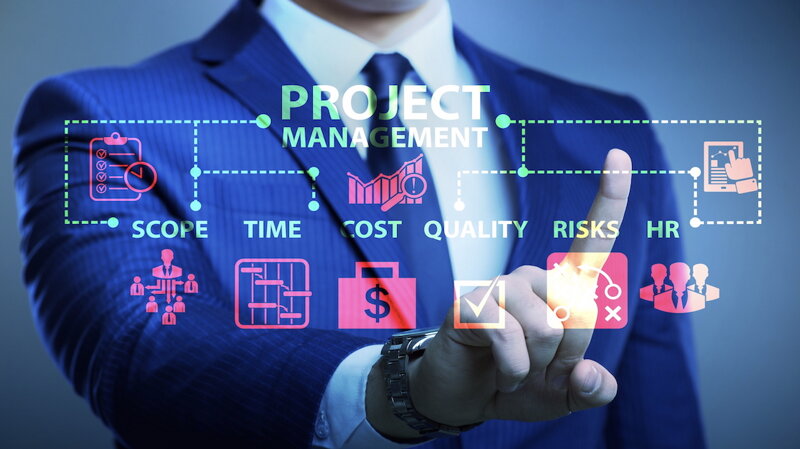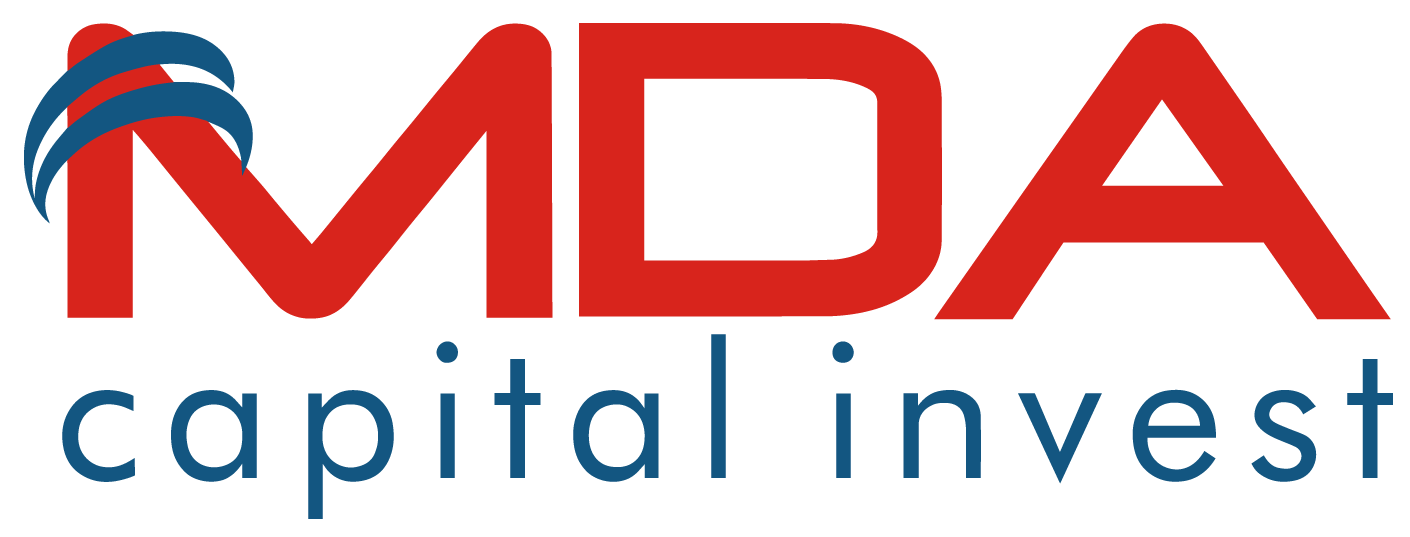PROJECTS
Discover our Bankable and Fundable Projects. Contact us.

Under Development
- Fully signed Bankable Development Agreement of the Project
- Planning of tasks & responsibilities in the Project Administration Manua, etc.
- Site Preparation (Technical Development Plan, deforestation and leveling)
- Complete Data Collection, including Topographic Map, Location Map, etc.
- Detailed Technical Designs; EIA, etc.
- Technoeconomic Studies.
- Coodination of works betwen the entities

Schedule Projects
Explore our structured Projects scheduled to be developed to bankability with:
- Structured timeline – clear start and finish dates for each task and the overall project.
- Detailing tasks and deliverables – specific activities that need to be completed
- Milestones – significant checkpoints or deliverables within the project
- Resources – facilitates effective allocation and management of resources.
- Time Management – helps in meeting deadlines and completing work on time.
- Stakeholder Alignment – helps ensure the project meets stakeholder expectations.
IMPLEMENTED PROJECTS
Find Realised Projects and Projects Under Construction and get inspired.

Realised Projects
- Complete Bankable Development required finance and EPCM
- Demonstrated technoeconomiically, financially and environmentally viable.
- Inspection and inventory of project.
- Tested and Commissioned.
- Fully delivered to the Project Company/Owner.
- Commencement of Project Operations.
- Follow & Support by the Development.

Under Construction
- Complete Bankable Documentation - for financiers, EPC Contractors, etc.
- Acquisition of all required licenses & permits from the reevant local authorities.
- Approved Licenses and Permits.
- Detailed standardised Technical Designs (architectural, structural, electrical, etc.).
- Moving construction equipment and materials to site.
- Full start of works at site within 45 days from the effective date of kick-off meeting.
- EPCM as scheduled in the bankable documentation.
FREQUENT ASKED QUESTIONS
Learn more about Bankable Projects and related activities.
What do you primarily need to successfully implement a Project?
For a susccessful implementation of a Project, whether public or private, you primarily need to engage a qualified Developer (i.e. Development Company) that is responsible for developing, leading, organising, and managing the Project from Planning to Data Collection, Bankable Development and full EPCIM (Engineering, Procurement, Installation, Construction and Management), including the following tasks and responsibilities:
- the selection of the Architectural Company, which is responsible for the detailed Technical Designs (TDs), including the Electrical, Mechanical, Structural/Construction designs, and the Quality and Quantity Survey and standards.
- the selection of the right Financier or investor that secures the necessary finance for the EPCIM in accorandance with the requirements of the technoeconomic studies of the Bankable Development of the Project.
- the selection of the EPC Contractor, responsible for the Engineering, Procurement and Construction of the Project according to the accepted standards, qualities and specifications assessed and defined in the Architectural, Electrical, Mechanical, Structural/Construction designs, and the Quality and Quantity Survey of the Bankable Development.
- the selection of the Guarantors/Insurers of the Projects and the Investments provided by the Financiers and the Investors.
- the selection of the legal advisers, who are responsible for the Project Contracts and Agreement (e.g. the EPC Agreement, Investment Agreement, Financial Agreement, Loan Agreement, etc.).
NOTE: Before you (i.e. Project Company or Project Owner) start the implementation of a Project, make sure that you have first the financial capacity (seed capital) to engage a qualified Developer that is ready, willing and able to put together all the Project Entities (Development Team, EPC Contractor, Financiers /Investors, Guarantors/Insurers, etc.) required for a successful implementation of your project
What is a Bankable Project?
A Bankable Project, whether public or private project, is a well-structured and financially viable investment opportunity designed and developed to meet meets all the criteria of potential investors and financial institutions, making it attractive and technoeconomically feasible enough for them to provide the right investment capital for its implmentation or Engineering, Procurement, Construction, Installation and Management (EPCIM). The Bankable Development shall have robust and comprehensive feasibility studies, clear regulatory frameworks, strong governance and credible cash flow projections. Essentially, a Bankable Project Development shall always be structured to lead to a successful EPCIM and vetted to give financiers confidence that their invested capital will be well-used and provide satisfactory financial returns.
NOTE: A bankable is not just research report based on information collected on the internet offen called "Feasibility Study". A bankable development be primarily provided with guaranteed data and information from the Project Entitied (e.g. EPC Contrators, Architecture Firms, Financial & Economic Companies, and-all) selected by the Development, MDA CAPITAL INVEST, a.s. (MDACI) to participate in the development. The Right Developer / Development Company shall always have access to the right financiers and investors like MDACI.
What are the main characteristics of a Bankable Project?
For a susccessful implementation of a Project, whether public or private, you primarily need to engage a qualified Developer (i.e. Development Company) that is responsible for developing, leading, organising, and managing the Project from Planning to Data Collection, Bankable Development and full EPCIM (Engineering, Procurement, Installation, Construction and Management), including the following tasks and responsibilities:
- Favourable Risk-Return Profile. The project's potential returns must outweigh its risks to an acceptable degree for investors.
- Robust Feasibility Studies. Detailed studies on market demand, costs, environmental impact, and technical design with specifications and standards are crucial.
- Clear Revenue Streams. Projects with predictable revenue (like user fees) or other reliable payment sources are more bankable. The Developer, MDACI, always secures the products or services' target audiend, defining twho the ideal customers are by first researching and studying their needs, pain points, and demographics before creating their detailed buying profile.
- Strong Regulatory and Legal Frameworks. A clear and stable regulatory environment reduces uncertainty for investors and lenders.
- Credible Implementers. The project must be undertaken by a creditworthy and capable entity. As for instance, the EPC Contractor, which shall be responsible for the quality of the technologies and equipment and guaranteed operation data of the project shall have an ecceptable experience in the related business industry or field of business.
- Risk Mitigation Strategies. The project should have clear contractual structures and strategies to manage and share risks among stakeholders.
- Clear Objectives and Scope. The project's goals and boundaries must be well-defined to provide clarity to potential financiers.
- Demonstrated Benefits. While financial return is key, broader economic, social, and environmental benefits can broaden support and enhance bankability, especially for financiers with broader mandates.
Why is Bankable Project Important?
- Secures Funding. It is the essential quality that allows projects to attract the substantial funding, often private investment, needed for their development.
- Accelerates Development. By making large-scale projects like infrastructure fundable, bankability helps bridge the funding gap and accelerate economic growth and public service improvements.
- Enhances Investor Confidence. A well-prepared, bankable project signals competence and readiness to investors, building trust and making them more likely to invest.
NOTE: All projects developed by MDACI / MDACI CONSORTIUM are provided with an guaranteed bankable management exit or acquisition exit to fully recover the investment in the case of unexpected risk (or potential problem, event, or condition) that is not anticipated and can negatively impact the Landers, Investors, Project Company / Project Owner, or Environment, often leading to unforeseen consequences.
What are the main implementation Classification Status of a Project?
- Project Proposal / Scheduled Project;
- Project Under Development;
- Project Under Construction;
- and Project Under Operation / Realised Project.
What is a Project proposal?
The Project Proposal is the initial document outlining and defining all the data and information stakeholders or Project Entities should know about your project, including the Milestones, the Initial Budget for the Bankable Development and the EPCM, the Objectives, the Goals and the Requirements. The Project proposal represents the main working document between the Developer (also known as Development Company) and the Project Company /Project Owner (herein called the Client) before a potential initiation of the project. Thus, the project proposal is used to define the objectives and requirements of a project for the all the Project Entities (or external party). The Project Project enables the Project Entities understand and analyze the prefeasibility, feasibility and profitability of the Project. The main objective of the Project Proposal is to get the Project Entities, including the Project Company / Project Owner and Stakeholders to make decisions before engaging a qualified Developer to undertake the Development Agreement and demonstrate the technoeconomic feasibility and bankability of the Project, acceptable to the Financiers or Investors and guarantors to provide the required funding for its EPCM. It is very important you know that the Development Fee (which is included in the preoperational cost of the Project) must be secured by the Project Company / Project Owner from its own financial resource. Otherwise, we recommande you to contact MDACI and negotiate on the terms and conditions of raising the Development Cost through its registered Angel Investors or Venture Capitalists. To write a successful Project Proposal, the Project Company /Project Owner (or Client) and the Developer must be always on the same page.
The Project Company need to always think like the Clients and figure out exactly what they want to achieve with the project, without sacrificing the quality and international standards. As illustrated by Jow Towner on Forecast, It's the stage where the Developer shall start focusing on the results critical for the client, explaining why successful organizations get into so much detail with their project proposals. The main elements that must be addressed in the Project Proposal are:
-
- Central problem: consists of the core problem the Developer shall solve.
- Project resources: here, the Developer / Project Company shall clearly define the resources that are available
- Project milestone / timeline: providing the suggested project milestones/timeline to solve the problem.
- Project budget: provide the project's preliminary price.
- Key project deliverables: defining of the project scope of works and expected success.
What is a Project Under Development?
A Project is under development from the effective date of signature of the Project Bankable Development bet the Developer and the Project Company / Project (the Client). Project development involves data collection, organizing, planning, designing, analysing, and evaluating all the variables that are required for the successful EPCM of the Project. The Project Bankability and financial requirements shall be developed and reported in the Project Administration Manual (PAM) by the Developer. This PAM shall include deciding materials, creating a project budget and defining the tasks and responsibilities for team members. It also involves the processes needed to complete a project, like changing the plans throughout project completion and identifying areas of improvement to help the project run more smoothly. Typically, project managers use five steps in project development, which include initiation, planning, execution, controlling and closing. Here are several items to keep in mind throughout project development:
-
- Goals: The goals of a project are the intended outcomes that you want the project to accomplish, and they can include long-term or short-term goals for a workplace.
- Milestone: The timeline of a project shows the schedule for when team members should complete their project tasks by, which ensures team members coordinate with the development plans and complete their tasks in a timely manner.
- Materials: These involve the resources and equipment you need to complete a project.
- Budget: This is the total amount of finances that your team can spend on a project, and it usually depends on the cost of materials and labour for a project.
What is a Project Under Construction?
A project (residential, commercial and industrial properties project) is under construction from the effective date of commencement of works at the construction site by the contracted EPC Contractor. During construction, the amounts to spend on the project will be debited to a long-term asset account categorized as Construction Work-in-Progress, often reported as the last line within the balance sheet classification Property, Equipment and furniture.
There is no depreciation of the accumulated costs until the project is completed and the asset is placed into services. When the completed asset is in operation, the project's accumulated costs will be removed from the Construction Work-in-Progress account and will be debited to the appropriate project asset account.
The asset shall be sufficiently and accurately demonstrated bankable in the Technoeconomic studies (of the Bankable Development), which is the main and only financial and investment tool used to unlock the Total Investment Capital (TIC) required for the Engineering, Procurement, Construction and Operations Management (EPCM) of the project from the financiers and/or investors of MDA CAPITAL INVEST (MDACI).
NOTE: The Bankable Development documentation is the main and most important tool, which is used to attract funding from the financers and/or investors for the Project EPCM. Hence, without a bankable development, there is no project.
What is a Relised project?
A Realised Project is a project that has been successfully developed to bankability, financed, built, guaranteed and put into services. based on the Bankable Development, a realised project is always technoeconomically feasible to generate sufficient incomes required for its sustainable operations management and for repayment back of loan or credit provided by the financier or investors.
NOTE: Successfully realised project are easy to sell or lease.How can I be assured of my Investment Return?
Your money will always be invested in the investment programme you choose the best for you. Our Real estate Investment assets consist exclusively of land acquisition, real estate (residential, industrial, and commercial properties) acquisition and development, ant others. Each project must be first and foremost proven bankable in accordance with its implementation phase as provided below. Each investment transaction must always accurate technoecomic and financial data and information, including attractiveness of the location, the cost of renovation or construction, and the time required, based on which you wil make choice and investment decision:
- Bankable Development Return. This phase is generally attractive for Angel Investors and Venture Capital Investors who provides capital for a business or businesses, including startups, usually in exchange for convertible debt or ownership equity.
- EPCM (Engineering, Procurement, Construction and Management) phase. This phase is attractive for all category of investors, including startup Invetors, Individuals, corporate businesses and Foreign Direct Investors that are ready to invest under BOT, BOO or in exchange for convertible ownership equity (e.g. 70/30) or outright purchase of the project, including bankable development documentation, land, and permits).

